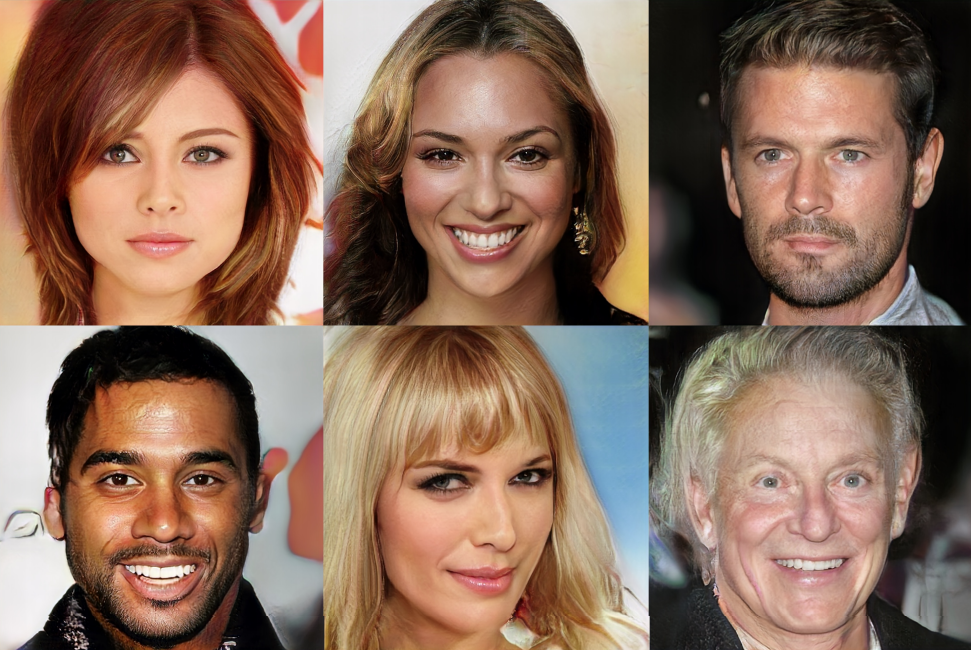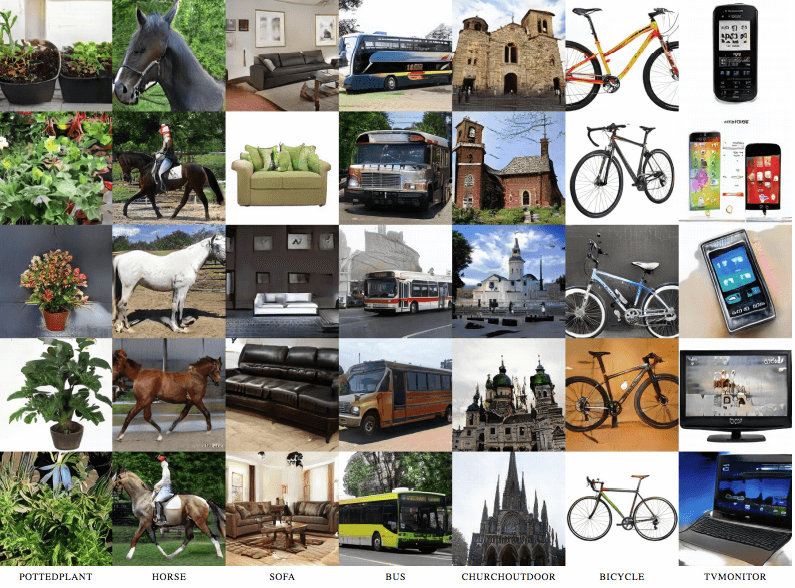
Artificial Intelligence and other related technologies have advanced to the point that computers are now able to produce nearly indiscernible fake images. What started as an argument at a bar has now grown into this entirely new field of research for computer scientists.
Originally reported by Quartz, the technology is known as a Generative Adversarial Network and is best described as two opposing algorithms fighting each other. Along the way, they learn from their mistakes and improve. One algorithm is trying to create a realistic image and the other algorithm is trying to decide whether or not the image is a fake. By running these feedback networks through countless iterations, extremely powerful and fine-tuned algorithms can be produced as a result.
Ian Goodfellow, who was in that bar argument that started it all, is now working for Google to further develop the technology. Other tech companies like Facebook and Adobe, are also working on this new field of research. They believe the technology has applications in healthcare diagnosis but must also be safeguarded against nefarious use.
Until recently, these GAN-generated images were relatively easy to spot as fakes. Further research from Nvidia has recently been able to produce some extremely believable fake images. All of the images in this story were generated by Nvidia on a GAN that took 20 days to train on their supercomputers.

To produce the believable faces, researches fed their algorithm a collection of 30,000 celebrity photos. They have also incorporated additional facial features like beards and jewelry to make the images even more believable. Ears are hard to produce and you'll notice that one of the horses has two heads but these images show just how powerful this technology can be.